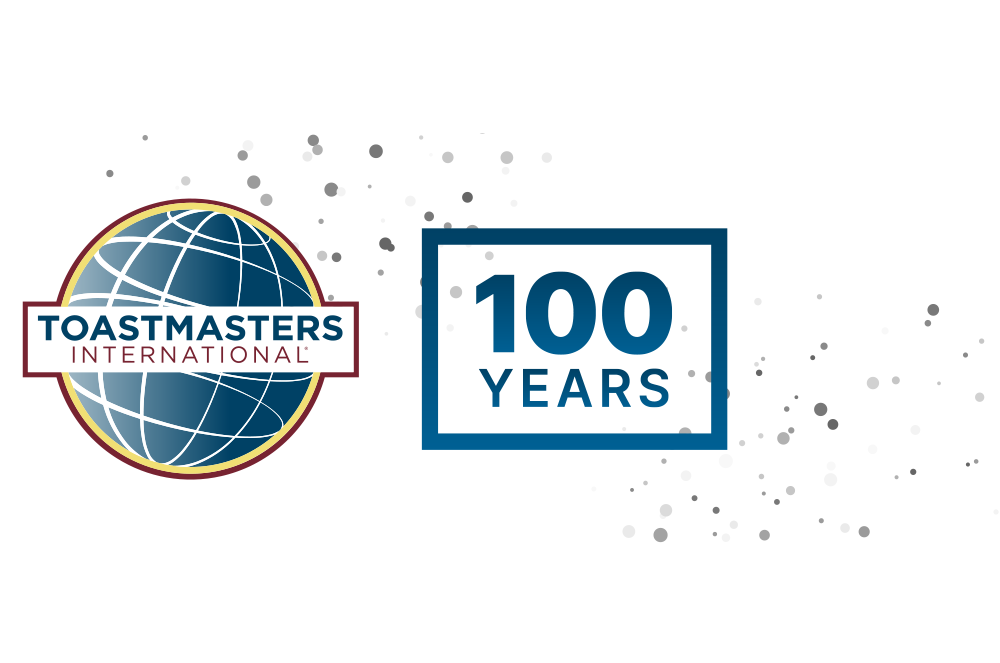
“Whether a man wins or loses in the contest, he is a winner in what he has gained from making the effort.”
Toastmasters founder Dr. Ralph C. Smedley wrote these words in a 1960 issue of The Toastmaster magazine, as he reflected on the purpose of speech contests. He believed strongly that everyone who participates in such events benefits and grows from the experience. Many members have reiterated the same sentiment over the years.
The contest tradition started in 1931, when Paul Demaree—the Toastmasters International President in 1932–1933—proposed a competition for local students. The result was the High School Speech Contest. After a few years, Toastmasters members wanted in on the action. The high school event thus became the Intra-Club Speech Contest, where members competed with each other.
Then, in 1937, the Inter-Club Speech Contest began. This started at the club level, and winners then met up at their Area contest. The Area winners then competed at a District contest. Winners of the District competition advanced to the International Contest, which was built up to be the high point of the summer International Convention. This was the equivalent of what we know today as the World Championship of Public Speaking®.
The Inter-Club Speech Contest grew in popularity, and winners were awarded the Dunlap Cup, named in honor of William Dunlap, 1937–1938 International President, an advocate of the event. By the 1960s, the competition was known as the International Speech Contest, and in 1976, the final round of the contest became known as the World Championship of Public Speaking.
For a long time, members outside North America had to hold their own speech contests, including early during convention week, to send a winning representative to vie against the other contestants (all from North America) in the championship. That situation ended in 2010, when semifinal rounds for the International Speech Contest were added to the convention. This meant that all qualifiers from Districts around the world would compete together in the semifinals, and then the winners in those rounds would take the stage at the World Championship two days later.
Today, more than 30,000 Toastmasters compete in a variety of contests, including the Humorous, Evaluation, Tall Tales, Table Topics®, and International Speech contests. Winners of the District-level International Speech Contest proceed to the region quarterfinal level, which was added in 2019. Top finishers advance to the semifinals, and those winners compete for the world champion title.
Here are some highlights from Toastmasters’ championship contests through the years.
- In 1977, Evelyn Jane Davis (later Burgay), DTM, of Washington, D.C., was crowned the first female World Champion of Public Speaking. Burgay lost her sight as a teenager and had been blind since.
- In 1982, Kenneth Bernard of Sydney, Australia, became the first person outside of North America to win the title.
- In 1986, Arabella Bengson, of Ontario, Canada, broke another barrier as the first non-native English speaker to take the title.
- In 2018, Toastmasters history was made when the top three finishers were all women: Ramona J. Smith, from Houston, Texas; Zifang “Sherrie” Su, of Tianjin, China; and Anita Fain Taylor, from Pembroke Pines, Florida. The feat would be repeated in 2023, with Jocelyn Tyson, of Mount Laurel, New Jersey, finishing in first place, Nisha Shivram, DTM, of Doha, Qatar, in second place, and Maryam Ganni, of Quebec, Canada, in third place.
- After COVID-19 hit in 2020, Toastmasters held the International Convention that year completely online, a first in the organization’s history. The winner of the 2020 online-only World Championship of Public Speaking was Mike Carr, of Austin, Texas.
- The following year, the event was again held online, and Verity Price, DTM, AS, of Cape Town, South Africa, captured the championship. She became the first person from Africa to ever win the title.
 Evelyn Jane Burgay
Evelyn Jane Burgay Mike Carr
Mike CarrIn honor of Toastmasters International’s 100th anniversary, this is the seventh in a year-long series of articles commemorating historic milestones.
The Toastmaster magazine staff is composed of four editorial team members. Learn more about them on the Staff page.
Related Articles
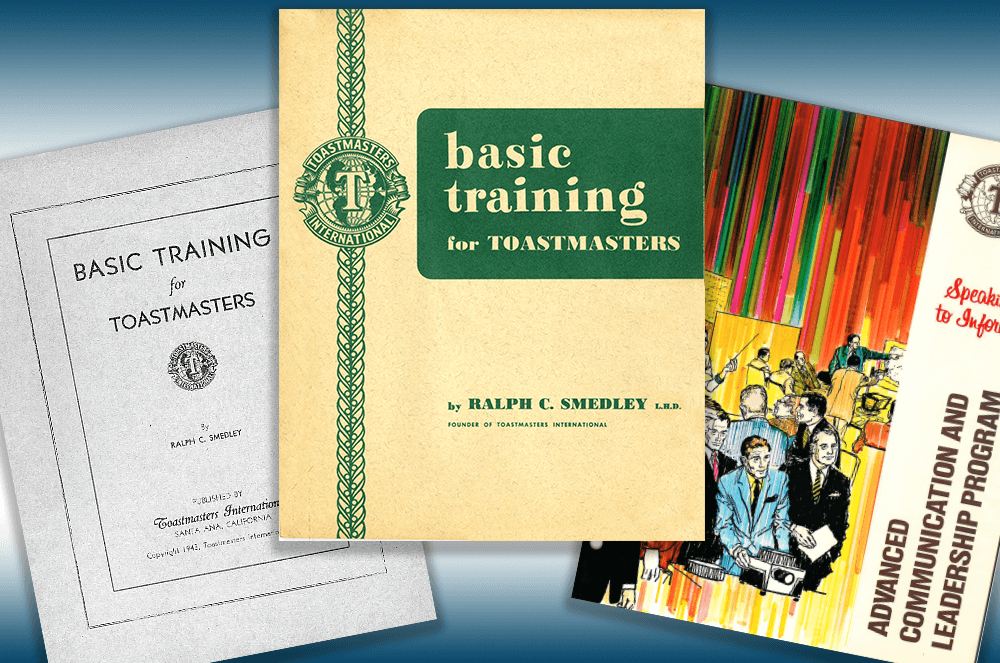
Toastmasters History
Evolution of the Education Program
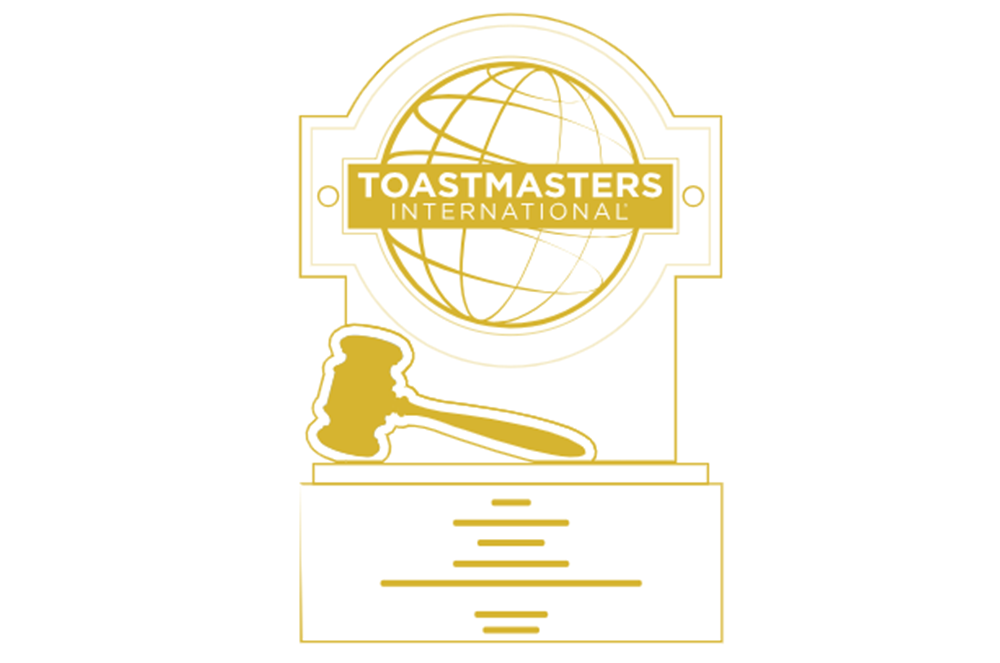
Toastmasters History
A Look Back at the Golden Gavel Award
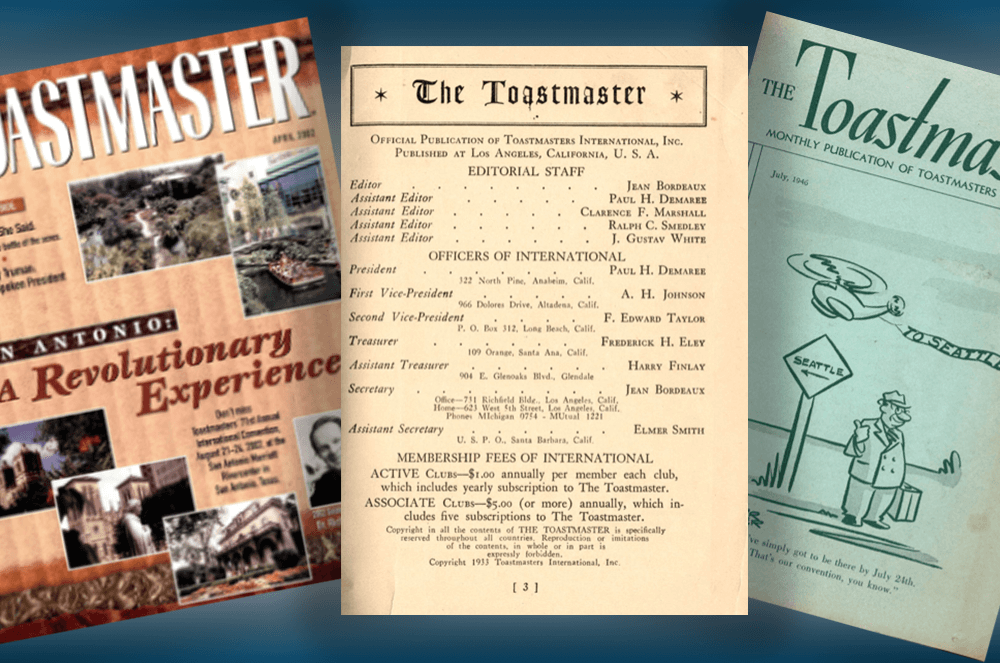
Toastmasters History
The Toastmaster Magazine Through the Years
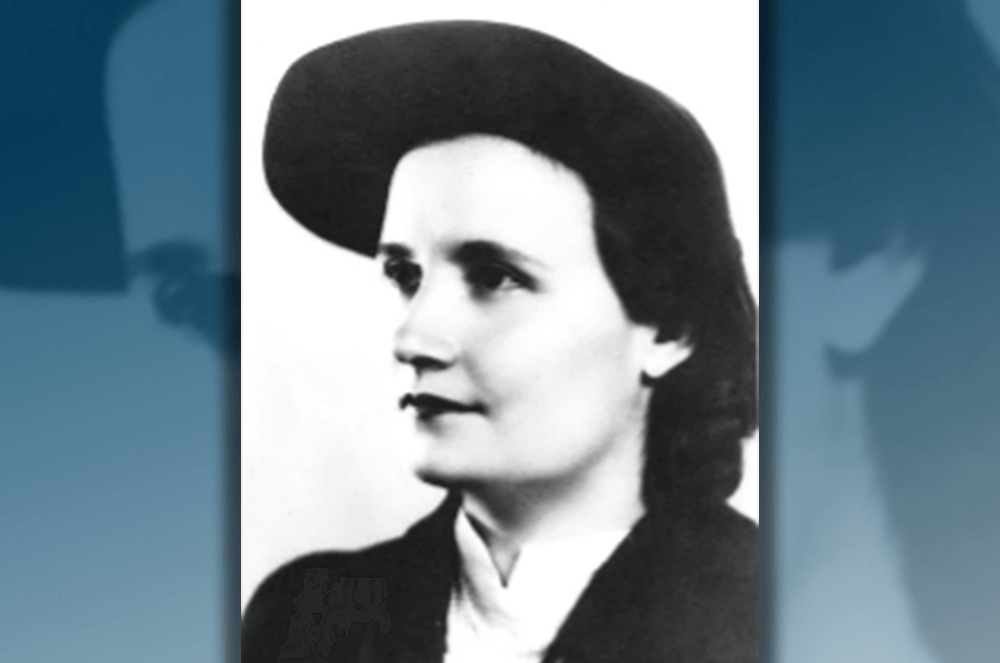
Toastmasters History
International Toastmistress Clubs
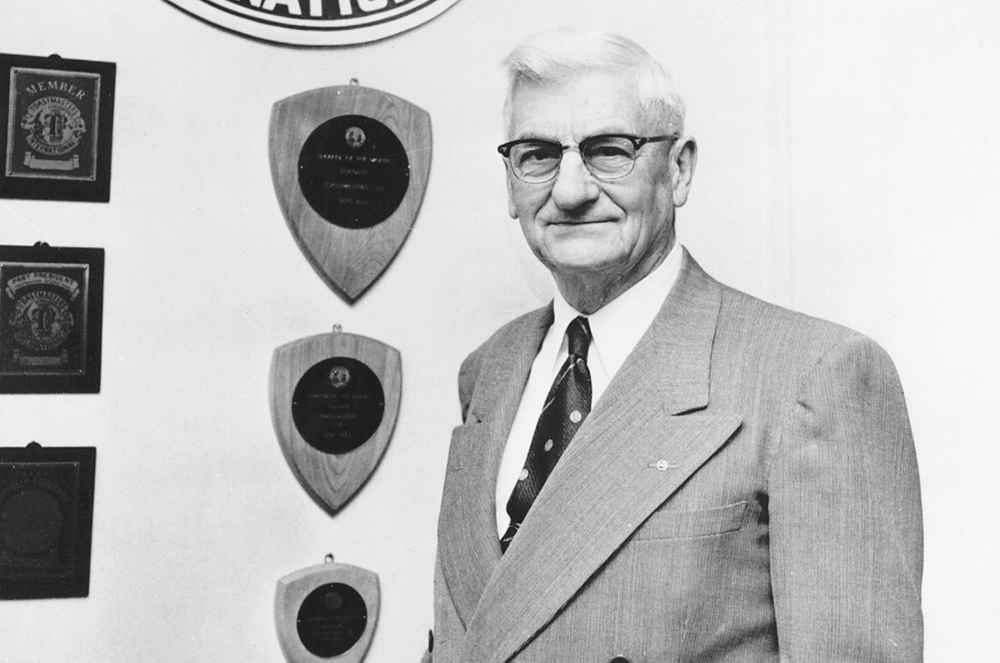
Toastmasters History
Remembering Dr. Ralph C. Smedley
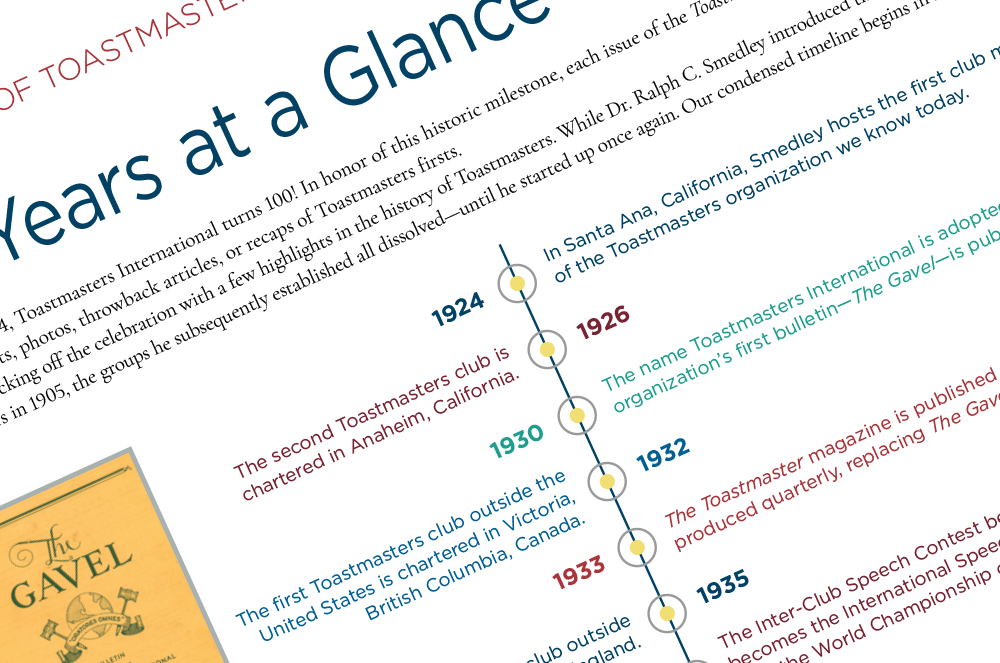
Toastmasters History



 Previous
Previous

 Previous Article
Previous Article